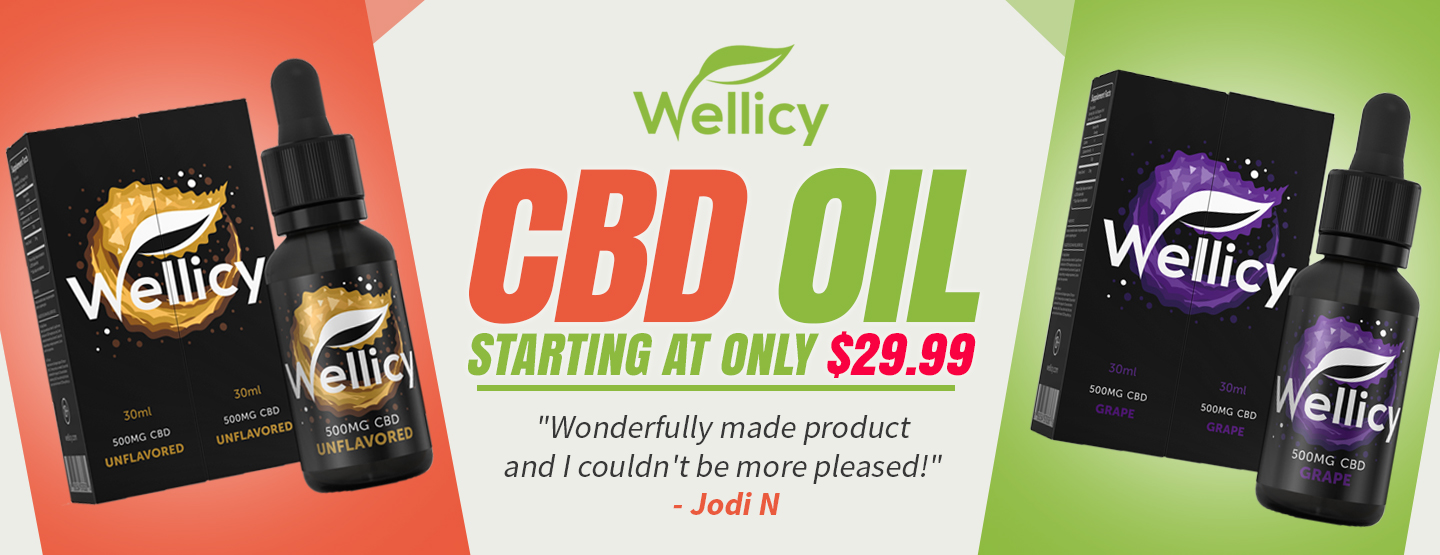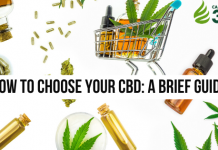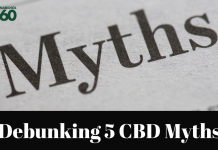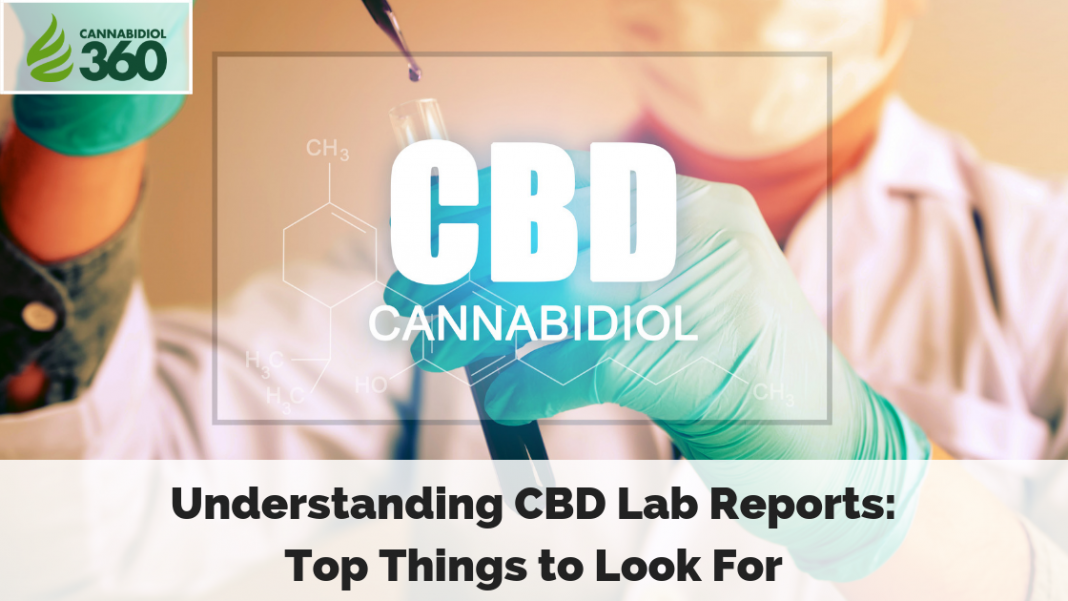
Nowadays, it’s standard for CBD companies to include third-party lab results in their product descriptions. As CBD becomes trendier, a good amount of companies out there are trying to cash in on the fad by creating their own lineup of hemp-infused oils, tinctures, creams and candies.
The problem is that it’s very hard to determine the quality of a CBD product from its basic product description alone. That’s why these third-party lab results are so important.
Before you buy any CBD product, you should always look for these lab results. They will give you all of the information that you need in order to determine whether or not the product is best suited for your needs.
The problem, of course, is that most of us didn’t study chemistry in college, making it difficult to decipher all of the terminology used in these reports.
The good news is that reading and understanding CBD lab results is easier than you think.
We’re going to help you grasp what to look for when going over those reports before purchasing a hemp product.
This way, you’ll know exactly what you’re getting, and you’ll also be able to better determine which CBD products are better for your particular needs than others.
Why Reading Lab Reports is Crucial as a CBD Consumer
As you may already know, the CBD industry is not fully regulated at the moment. The FDA has not approved the CBD industry, meaning that users are essentially taking hemp products at their own risk.
While this may sound scary, there’s really no reason to be concerned as CBD has largely been shown by medical researchers to be a harmless compound that’s highly beneficial.
The problem, however, is that as CBD becomes increasingly popular, there are more low-quality hemp products on the market. Without that FDA approval, it’s hard to know exactly what you’re getting. This means that it’s up to your own discretion when deciding if a product is right for you.
Lots of CBD companies create low-quality products that contain barely enough of the compound to actually do anything helpful. Even worse, some CBD companies use ingredients that aren’t necessarily good for our bodies.
The only way to know that what you’re getting is the real deal is to be willing to check out those lab reports. These reports give you key information such as the chemical composition of the product, whether or not it was exposed to certain potentially harmful pesticides and its overall potency.
When you see that a CBD company proudly displays their third-party lab results on their website, that tells you that the company is trustworthy.
After all, if they’ve got nothing to hide, why shouldn’t they make those reports as accessible as possible? If a company doesn’t show you their lab reports, you should take that as an immediate red flag.
Of course, you can always call the company yourself and ask for lab reports. If a company says that they don’t have any to offer, walk away.
What to Look For

Breakdown of Compounds
The first thing that you’ll notice when going over lab reports is a breakdown of the chemical composition of the product.
Hemp is a member of the cannabis family that’s rich in a wide variety of diverse compounds. CBD is just one of the compounds found in the hemp plant, and it’s the most abundant.
However, there are other cannabinoids such as CBN, CBC, THC and CBDA.
It’s important to note that THC is the compound in cannabis that gives it its psychoactive properties. However, if the CBD product comes from the hemp plant, you don’t need to worry about it getting you high.
While marijuana has a high amount of THC, hemp only contains about 0.3 percent which isn’t nearly enough to produce mind-altering effects.
All of these cannabinoids behave differently. For instance, CBN is largely known for its ability to make a person feel sleepy.
Different Types of CBD
Besides cannabinoids, there are other compounds in the hemp plant that may have an effect on how you feel after using a CBD product. Before we get into those, it’s important to explain the differences between full spectrum, broad spectrum and CBD isolate products.
- Full Spectrum: Refers to a hemp product that contains every compound that naturally exists within the plant from which the CBD was extracted. Also contains an abundance of plant material in addition to cannabinoids. It’s extremely popular and considered to be the most beneficial hemp product out there because of this. Full spectrum is known for producing what’s called the “entourage effect” in which all of the compounds multiply each other’s benefits because they’re all kept together. Note: There are many beneficial compounds found in the hemp plant besides CBD.
- Broad Spectrum: Contains all of the compounds found in the hemp plant with the exception of THC. While the level of THC in hemp is too low to get a person high, some people still feel that it’s best to avoid it altogether.
- CBD Isolate: CBD isolate is CBD that’s been extracted from the hemp plant and chemically isolated from any of the other compounds. By itself, CBD has been found to have the potential to be highly beneficial. Therefore, some people prefer to take highly concentrated CBD that’s free of any other plant material.
Terpenes
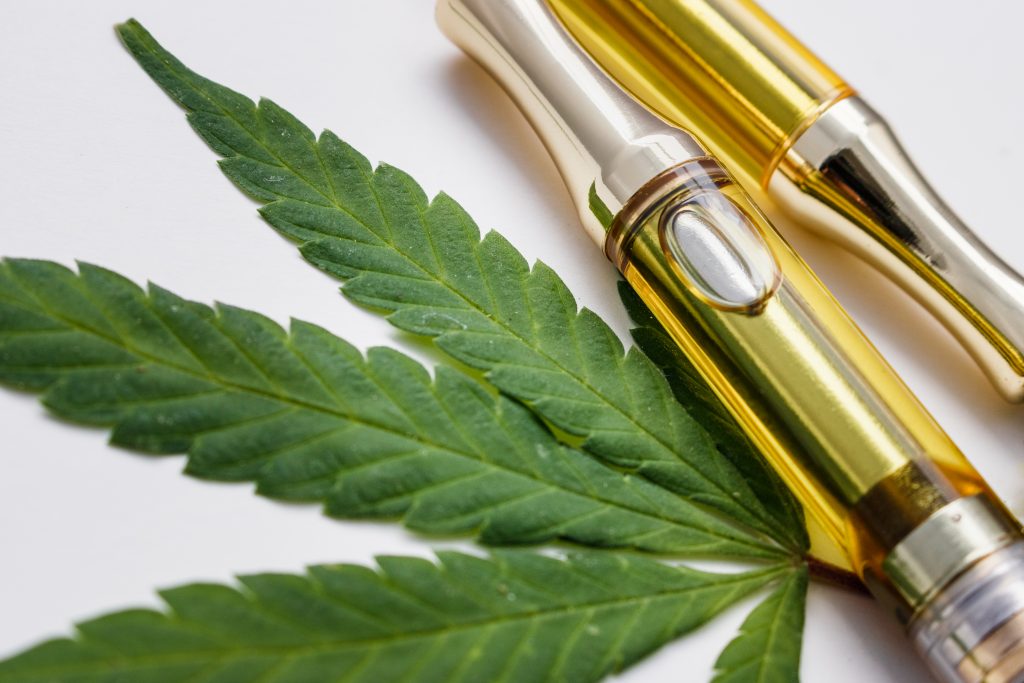
Once you get through the list of cannabinoids found in the hemp plant, you’ll likely come across the terpene profile.
Terpenes are the compounds that are found in the essential oils of plants.
For instance, the mint plant naturally produces menthol, a terpene that’s commonly extracted and used in everyday products such as toothpaste, cough drops and fragrances.
Each terpene has its own unique benefits. For example, many terpenes are known for their anti-inflammatory properties. While, others can calm the mind thanks to their positive effects on the nervous system.
When we talk about the strain of a cannabis plant, we’re mostly referring to its terpene profile.
Since each terpene has its own unique effect on the body, different varieties of terpenes unique to a specific cannabis plant can produce different experiences.
Some strains are great for those times when you’re feeling stressed out while others really help you manage pain more effectively.
Now, when it comes to reading the terpene profile of a lab report, it’s best to do some research at the same time. You’ll likely come across curious-sounding chemical names and wonder what their unique benefits are.
So, you might want to get acquainted with the terpenes that are common in hemp so that when you come across it in a lab report’s terpene profile, you know exactly what it will do to your body.
Microbes
The word “microbes” is an umbrella term referring to living organisms. Some microbes are dangerous to our health while others are actually beneficial.
While you look through the lab reports, you’ll likely come across a section that explains the presence of microbes in your CBD product.
While not all microbes are bad, you still want to avoid any product that contains living organisms as this is a sign that the compounds of the hemp plant were not extracted in an efficient manner.
Heavy Metals
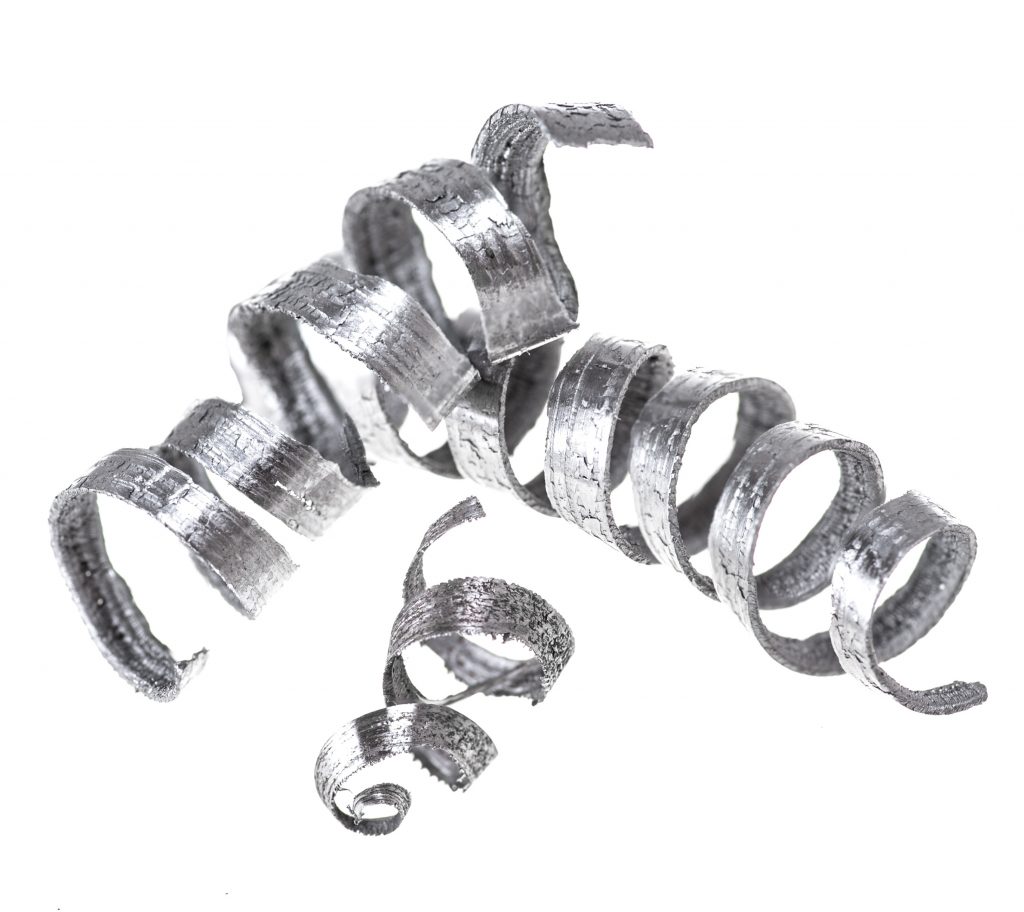
Heavy metals that are present in hemp products tend to come from the soil used to grow the plant.
While we are exposed to heavy metals on a daily basis, we still want to consume as little as possible as they can disrupt certain bodily functions in excess amounts.
If the lab report shows that there’s an abundance of heavy metals in a CBD product, avoid it. However, it’s not unusual for trace amounts to be found.
Chemical Solvents
A good-quality CBD product should be completely free of chemical solvents as these can pose a risk to your health. Chemical solvents typically show up when the brand used a cheap extraction process in order to save time and money. If a company is trying to cut corners in that way, you want to avoid them.
Pesticides
Simply put, if a CBD product contains pesticides, don’t buy it. Pesticides are harmful to our health and should be avoided whenever possible.
Those Lab Results Really Matter
By checking out the lab results before buying a hemp product, you’ll know exactly what you’re getting in terms of chemical composition and quality.

